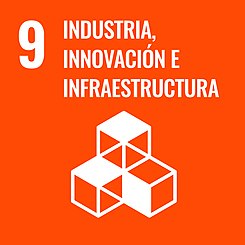Technological watch
Glycerol Assisted Pretreatment of Lignocellulose Wheat Straw Materials as a Promising Approach for Fabrication of Sustainable Fibrous Filler for Biocomposites
Glycerol pretreatment is a promising method for the environmentally-friendly transformation of lignocellulosic materials into sustainable cellulose-rich raw materials (i.e., biopolymer) to fabricate biocomposites. Here, a comparison of aqueous acidified glycerol (AAG) pretreatment of wheat straw (WS) with alkaline, hot water, and dilute acid pretreatments on the thermal and mechanical characteristics of their fabricated composite board is presented. A comparison of total energy expenditure during WS pretreatment with AAG and other solutions was estimated and a comparative influence of AAG processing on lignocellulosic constituents and thermal stability of WS fiber was studied. Results imply that AAG pretreatment was superior in generating cellulose-rich fiber (CRF) as compared to other pretreatments and enhanced the cellulose contents by 90% compared to raw WS fiber. Flexural strength of acidic (40.50 MPa) and hot water treated WS composite (38.71 MPa) was higher compared to the value of 33.57 MPa for untreated composite, but AAG-treated composites exhibited lower values of flexural strength (22.22 MPa) compared to untreated composite samples. Conversely, AAG pretreatment consumed about 56% lesser energy for each kg of WS processed as compared to other pretreatments. These findings recognize that glycerol pretreatment could be a clean and new pretreatment strategy to convert agricultural waste into high-quality CRF as a sustainable raw material source for engineered biocomposite panels.
Publication date: 26/01/2021
Author: Hamayoun Mahmood
Reference: doi: 10.3390/polym13030388







